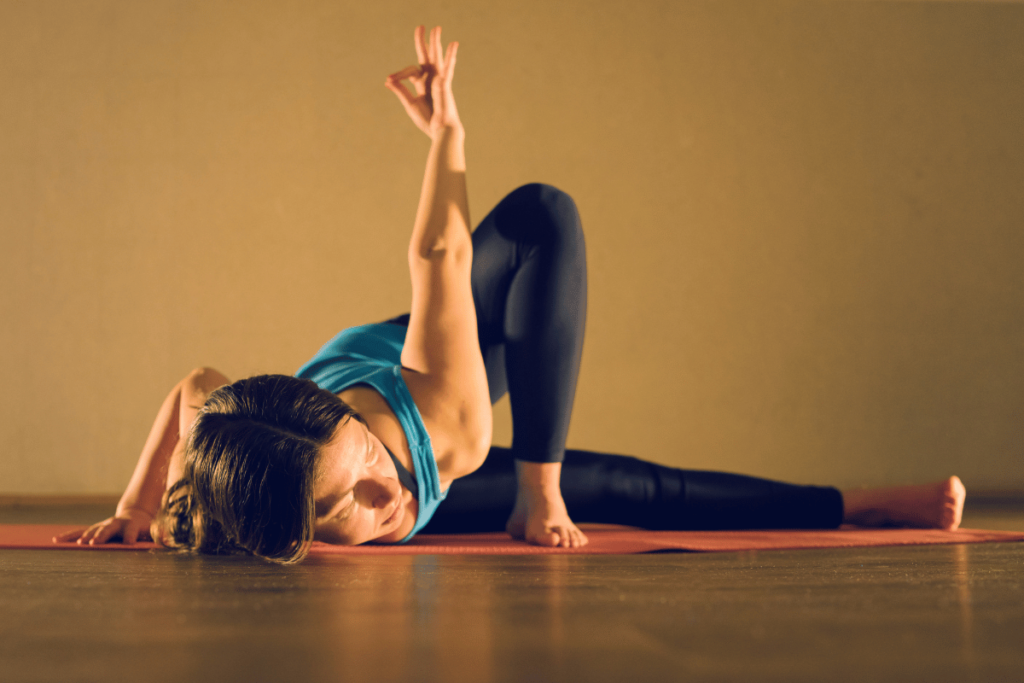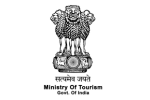Yoga Retreats
Revitalize Your Soul: Embrace Serenity at our Yoga Retreats
Our Yoga Retreats Package is a transformative experience that offers you a chance to step away from the stresses and immerse yourself in a world of tranquility and self-discovery. Nestled amidst breathtaking natural landscapes, our retreat offers a serene sanctuary where you can dive deep into the practice of yoga, connect with like-minded individuals, and replenish your mind, body, and soul.
Yoga Retreats Packages
Experience the transformative power of yoga and how it can bring balance and serenity to your lives.



Yoga Asanas, also known as Yoga postures, encompass a variety of body positions linked to the art of Yoga. Their fundamental purpose is to promote the well-being of practitioners while enhancing flexibility and vitality in the body.
In the context of Sanskrit, “Akarshana” translates to ‘pulled,’ while “Dhanur” signifies ‘bow.’ When assuming this pose, the final posture emulates an archer preparing to release an arrow, resembling the act of aiming with a bow.
“Ananta” serves as an alternate appellation for Vishnu. The yoga pose named after this deity depicts Vishnu’s slumbering posture, where he rests gracefully upon his serpent.
“Ardha” means ‘half’ and “Hala” means ‘plough’ in Sanskrit. This pose is the first step to doing the full Halasana posture.
Derived from the Sanskrit term for ‘half,’ “Ardha” embodies the essence of this pose. It involves executing a half spinal twist, as the full twist can be quite challenging to attain. The name of this asana pays homage to Matsyendranath, one of the key proponents of Hatha Yoga, from whom it finds its origins.
“Ardha” means ‘half’ and “Padma” means ‘lotus’ in Sanskrit. Ardha Padmasana represents the partial form of the Lotus Pose. For individuals who find Padmasana challenging, Ardha Padmasana offers a stepping stone to ease into the practice. Gradually, practitioners can progress from Ardha Padmasana to achieve the complete and full expression of the Lotus pose.
The word “Shalabh” means ‘locust’ and “Ardha” means ‘half’. This particular pose is a simplified variation of Shalabasana, executed one leg at a time. The final posture mirrors a feeding locust, with the head lowered and the tail raised upwards.
The word “Baddha” means ‘locked’ and “Kona” means ‘angle’. In this stance, the body is firmly secured in a characteristic angle.
“Baddha” means ‘locked’ or ‘bound’ and Padmasana is the Lotus Pose. In this pose the arms and legs are locked to provide steadiness.












